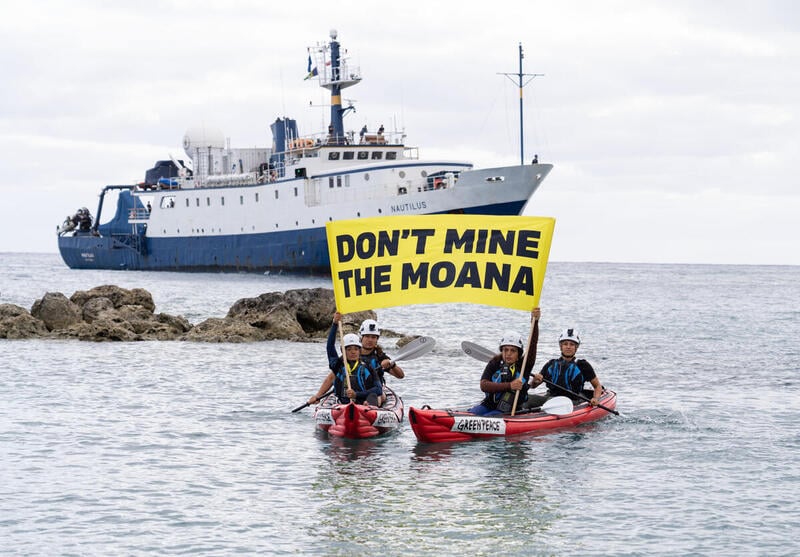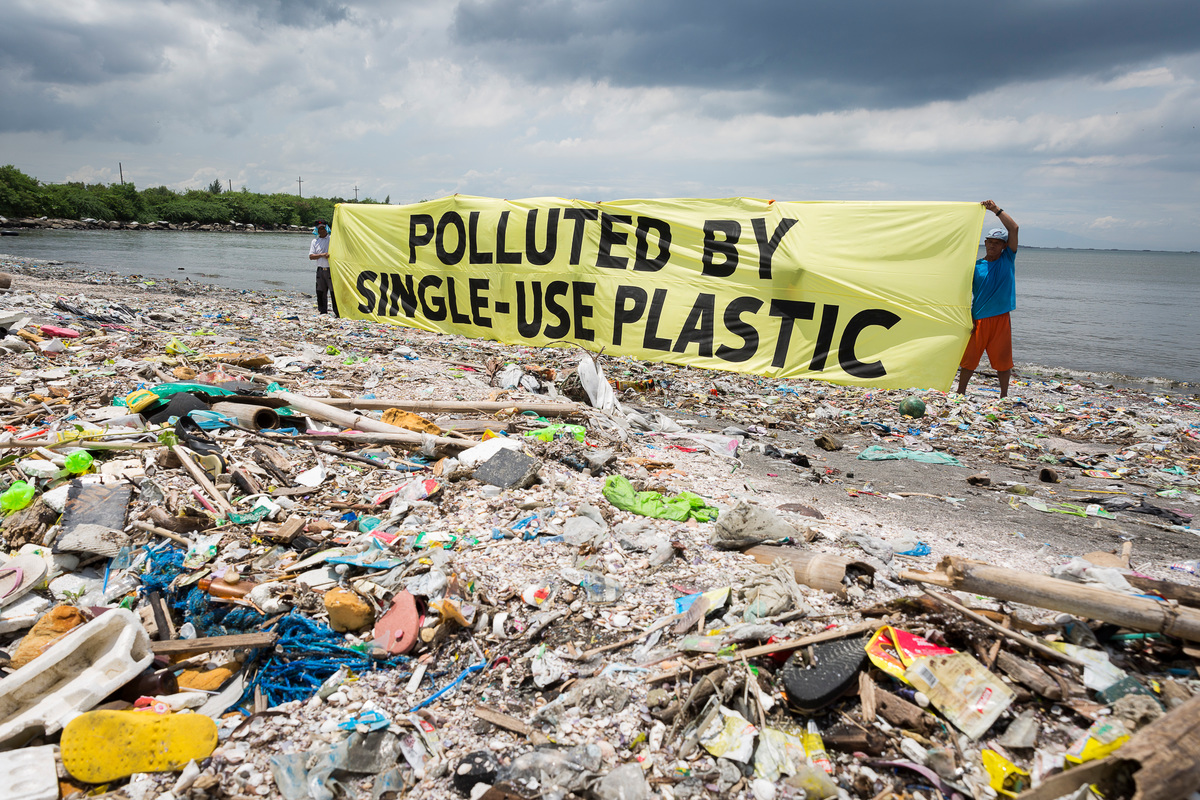Last month, Greenpeace France took a stand and, in a valiant act of environmental activism, took matters into their own hands. At sunrise on Wednesday, May 21, activists aboard the Arctic Sunrise ship dropped 15 large limestone boulders into the Mediterranean Sea, targeting a protected area off the coast of Occitania known as the Gulf of Lion Marine Park.
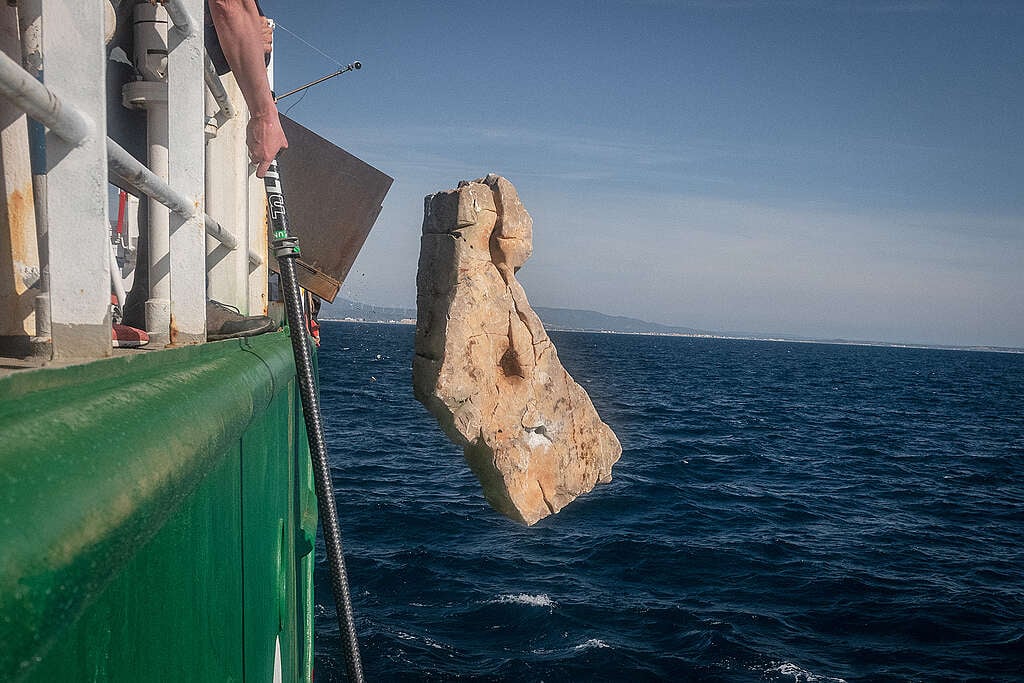
Carefully placed in a grid pattern on the ocean floor, each rock weighs between one and two tons. That is equivalent to a fully grown male White Rhino! The goal was to physically block bottom trawlers—large fishing vessels that drag heavy, weighted nets across the ocean floor, a practice that has devastating impacts on ocean life.
This action is the latest effort in an ongoing campaign highlighting the French government’s inaction on marine conservation. Greenpeace is calling for a ban on bottom trawling in marine protected areas (MPAs) before France co-hosts the United Nations Ocean Conference (UNOC-3) in Nice in June.
The action highlighting the weakness of the French network of marine protected areas resulted in the Arctic Sunrise being banned from UNOC.
The Gulf of Lion is a vital and diverse ecology in the Mediterranean, renowned for its rich biodiversity. There are magnificent habitats like Posidonia meadows, Coralligenous reefs, which support vulnerable marine life including gorgonians, sea cicadas and bluefin tuna.
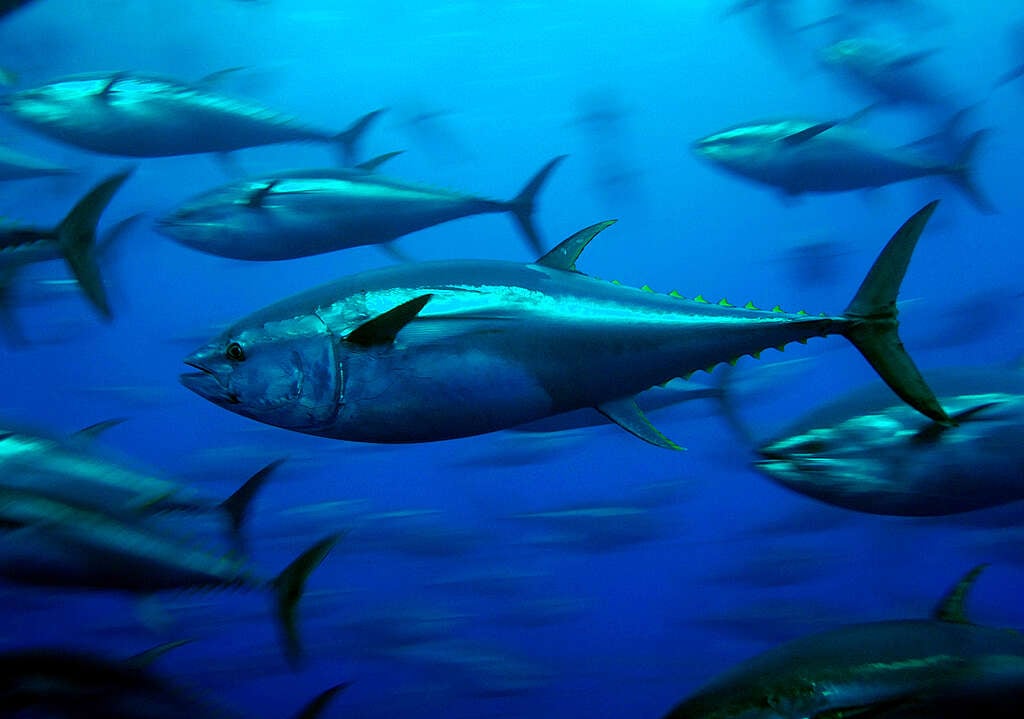
Although officially designated as a marine protected area, the region remains vulnerable to industrial fishing, which François Chartier, Oceans Campaigner at Greenpeace France, says undermines the very meaning of protection.
“For several years now, France’s refusal to regulate destructive activities in its marine protected areas has been unanimously denounced by NGOs and numerous scientists,’ said François Chartier, Oceans Campaigner at Greenpeace France ‘The government still holds to an archaic vision of marine conservation and fishing. Agnès Pannier-Runacher refuses to comply with international standards on levels of protection in MPAs, preferring instead an unfounded “case-by-case” approach. The Minister must heed our request, which is also that of all ocean protection associations: she must ban bottom trawling in marine protected areas.”
This isn’t Greenpeace’s first move on the issue. In December 2024, the group exposed the presence of trawlers on the Bancs des Flandres, another protected zone. In April, it collaborated with CNRS to publish a report recommending a more meaningful and science-driven layout for MPAs across French waters. Now, by installing physical barriers in the form of boulders, Greenpeace is escalating its campaign to force the government’s hand.Activists aboard the Arctic Sunrise displayed banners that read “The government doesn’t act, we do” and “Marine area protection in progress.” It served as a direct affirmation of France’s stated dedication to ocean protection.
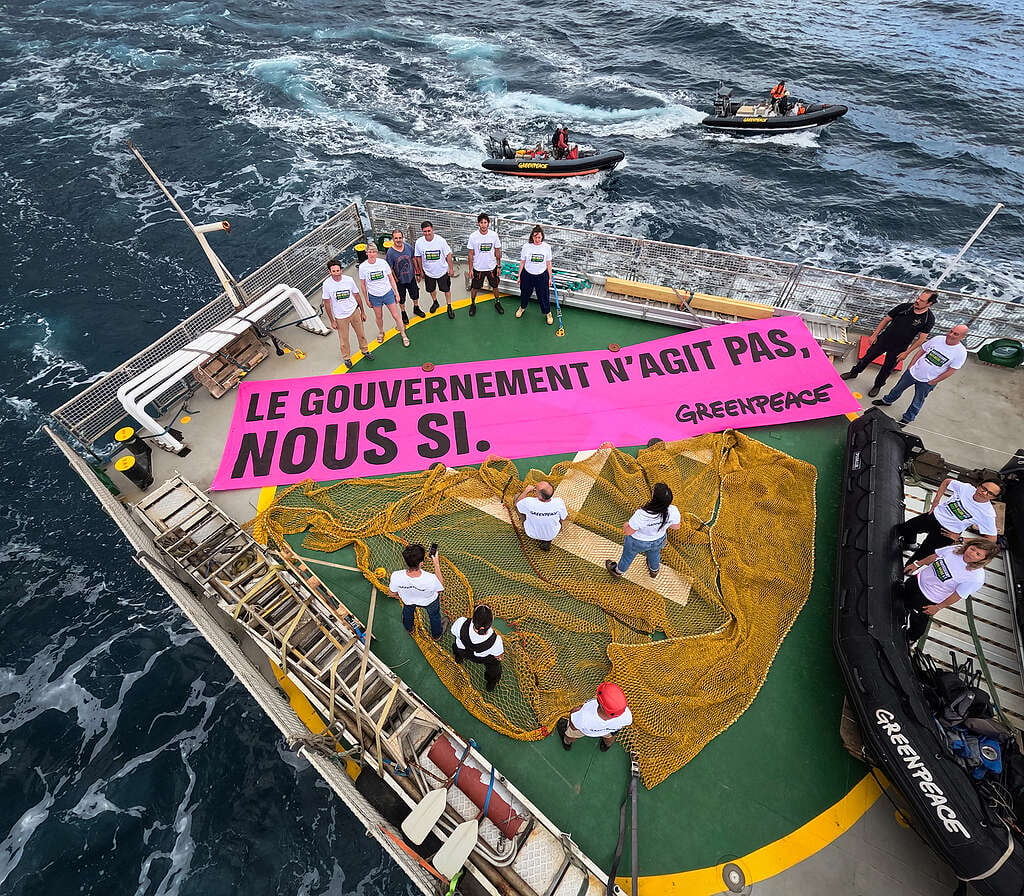
A critical opportunity to protect our oceans
With the UNOC-3 just weeks away, France has a critical opportunity to protect our big blue planet. While President Emmanuel Macron has made bold international pledges—opposing deep-sea mining and supporting the High Seas Treaty—it’s time for those global ambitions to be ratified. To truly lead on ocean conservation, France must start by securing the health of its own marine environments.
New Zealand bottom trawling
Bottom trawling is a destructive method of fishing that involves dragging heavy, weighted nets across the sea floor in an effort to catch fish.
It’s popular with commercial fishing companies because it makes it easy to catch large quantities of fish but it also damages the seafloor and kills everything in its path.
The New Zealand bottom trawling fleet is one of the biggest threats to the health of the ocean, here at home in the waters of Aotearoa and in the international waters between New Zealand and Australia, where New Zealand is the only country still bottom trawling. Just last year, a New Zealand trawler was caught pulling up 37kg of coral in the Tasman Sea in an area known as Lord Howe Rise.
In a recent expedition, Greenpeace documented the beauty of thriving underwater communities, but we also saw the absolute destruction caused by New Zealand bottom trawlers. Underwater cameras revealed hours of footage of coral rubble, a coral graveyard.
Greenpeace Aotearoa is calling on the New Zealand Government to back greater ocean protection, including banning bottom trawling from where it does the most harm and backing the creation of vast ocean sanctuaries on the high seas. These highly protected areas would protect ocean life from destructive industrial fishing like longlining and bottom trawling.
This includes an area in the Tasman Sea, which is globally renowned for the diversity of life that lives there, from deep sea coral to seabirds and migratory whales. Did you know that New Zealand is the only country still bottom trawling in the international waters of the Tasman Sea, actively blocking ocean protection?
The bottom trawling industry must stop trawling in vulnerable marine areas so the ocean has a chance to recover and thrive.
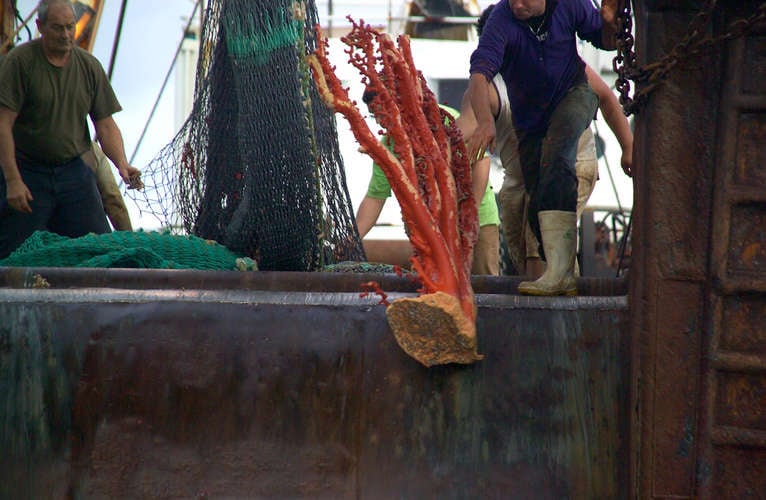
Join the call to demand that the NZ Govt bans bottom trawling on seamounts and similar deep sea features, and stop issuing permits for bottom trawling in international waters.
Take Action

